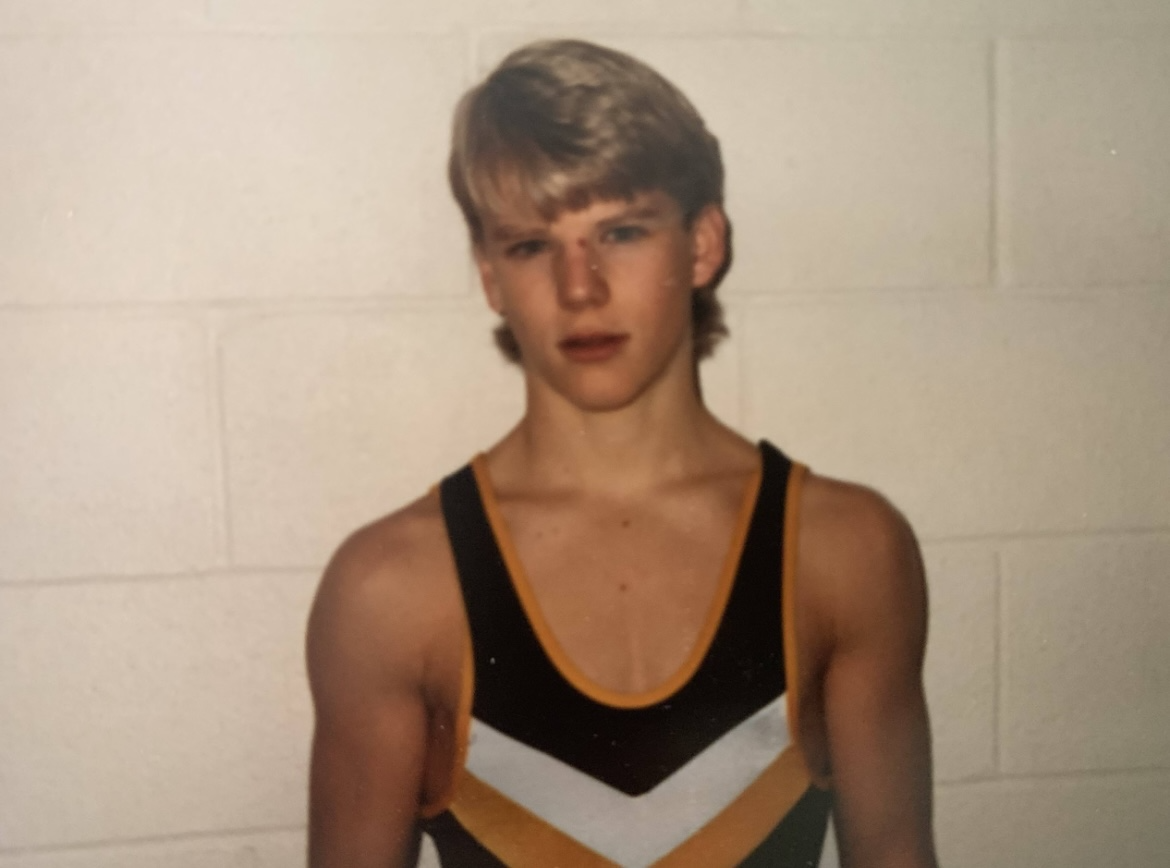I turned 50 today. Here is the most important thing I learned in my first half century.
Time is like an avalanche. It starts as a small patch of snow, moving slowly. So slowly, it’s almost imperceptible. You pay little attention. As it grows, the landscape continually changes. Still, the moving snow creates no perceived danger. As the avalanche moves down the hill, it gains both mass and speed. It gets larger and faster. As you start to appreciate the power of the avalanche, eventually, you realize the truth; the avalanche is unstoppable. Like it or not, it cascades down the hill and you are powerless to slow it, stop it, or get out of its way. It ultimately absorbs everything in its path including your past, your youth, and even some of your dreams.
Time, like the avalanche, stops for no one. Don’t waste it living someone else’s life.
The year I was born, 1972, Nixon was president, “The Godfather” was the best picture, and we were still fighting the Vietnam War. My mom drove a green station wagon with wood-paneled siding. We drove 12 hours for our annual vacation from Northwest Ohio to the Atlantic Ocean where the zinc oxide on our faces somehow never stopped the sunburn. My brother and I spent our youth training to become ninjas, fighting in the WWE, hunting crayfish, or playing Dungeons and Dragons. The first time I asked my grandmother how old she was, she was 60. And I was sure I would never be that old.
Living by the rules and fitting in
As my childhood ended, adolescence brought new desires. I wanted to be friends with the “popular” kids, I wanted to fit in, and mostly I wanted significance—to feel like I mattered. I was often bullied by the popular kids. I got in a few fights and was generally rejected from their group. Over time, it was clear that the path to acceptance in Perrysburg, Ohio, was through athletics. Thanks to my brother and our daily WWE battles, I thrived in wrestling. My new status was more important than the fact that I disliked wrestling. I was invited to my first party with the popular kids, and I did everything I could to fit in. I laughed at cruel jokes, drank alcohol, smoked cigarettes, and pretended not to care when they incessantly made fun of me.
So far, this may sound like every teenage coming of age movie—the kid from the outside compromising his values to fit in. But the real issue is that the story of trying to fit in doesn’t stop with high school graduation—for me or for any of us.
One of my favorite quotes is from famous sculptor Michelangelo. When commenting on how he created a beautiful angel from a block of stone, he famously said, “I saw the angel in the marble, and I carved until I set it free.”
I believe Michelangelo’s quote refers to all of us. We are all beautiful, powerful angels, but over time, we erect stone around us. The stone represents rules, fears, doubts, limiting beliefs, “I should,” “I can’t,” fitting in, and generally selling ourselves short.
Freeing myself from the marble
“Angel” by Michelangelo
I spent several years after business school with my head down. I worked for a big institutional firm and again, I tried to fit in. My bosses told me what to wear and where to be when. I missed weddings and even missed my grandmother’s funeral. I saw a psychic in downtown San Francisco who told me I had low vibrational energy. I wasn’t sure what that meant, but that was exactly how I felt.
Around this time, I took a much-needed weekend off with friends who knew me well and around whom I could truly be myself. The weekend was easy. We laughed, talked, listened, and enjoyed each other. I started to remember who I was at my best. When I boarded the plane home, a wave of emotions hit me. For most of the flight, I couldn’t stop crying. I started to realize that I wasn’t just saying goodbye to friends I loved, but I was saying goodbye to the version of myself I loved as well.
I was angry at the world and blamed it for my problems.
But about halfway through the flight, I felt a sudden surge of energy as a realization hit me. The firm where I worked wasn’t the problem. My boss wasn’t the problem. My girlfriend wasn’t the problem. I wasn’t a victim of my job or the relationship I was in.
I was the one making up the stories. I was the one creating the “rules” based on what I thought society thought I should be doing with my life. Who was this “society”? I asked myself, “How much time do I spend worrying about what other people are doing with their lives?” The answer, of course, was none. I was the one imprisoning myself in stone.
I also realized that nobody was coming to the rescue. If I wanted to free myself from the stone, I needed to be the sculptor.
Shortly after I landed, I quit my job, ended my relationship, packed up my car, and moved across the country to try to date my then ex-high-school girlfriend (now my wife of 20 years). I didn’t know what I was going to do with my life, but for the first time in a long time, I started to feel free from the marble.
We are enough
I have consumed and implemented thousands of hours of content about how to be successful, set goals, and become the best version of myself. Through all this time, I endeavored to add to my skills, my resume, and/or my net worth. The narrative I carried with me for most of my life was, “If I do X, then I will be a success.” Or “If I achieve Y, then other people will like me.”
I started to realize that on the occasions in which I did achieve X or Y goal, nothing changed. At the end of every journey, I was still left with the same voice doubting myself, resetting the goal posts, and not feeling adequate.
In 2009, I discovered executive coaching. One of my first coaches helped me to recognize the voice in my head and to separate that voice from my own true voice. Since then, I’ve embarked on a new, more challenging, and far more rewarding journey. My internal journey.
The most important thing I’ve learned in the first 50 years of my life is that the true game of life is an internal one, not an external one. And that journey starts with three powerful words.
I am enough.
“The most important thing I’ve learned in the first 50 years of my life is that the true game of life is an internal one, not an external one. ”
Michelangelo didn’t sculpt the Angel by adding new bits of stone onto a structure. The Angel was already perfect. He just removed the marble which freed it.
I’ve since learned to lean into the things that make me who I am. I love reading spiritual and self-help literature, listening to inspirational speeches, reading biographies, and writing. I’m an introvert. I love working out and have an abnormal threshold for pain. I come alive when I’m teaching, writing, pushing my physical boundaries, playing sports with my kids, and having deep conversations with friends. When I am working on something I am excited about, I can run through walls. For decades. Literally.
The Weaver Family
I’ve given myself permission to spend much of my life engaging in these activities and showing up as myself. When I do, I tap into a powerful energy source where things feel easy and I lose myself—like I did as a kid catching crayfish with my brother.
We are all different, unique beings. We are square pegs, and we try to fit into round holes. In doing so, we often shave off our edges, the very things that make us different, so that we can better fit in and find acceptance. Little by little, we create rules and beliefs we don’t even realize we’re creating. “I can’t,” “I should,” “I’m not creative,” “I have to,” “who am I to do x,” “I need to compare myself to x,” and “I am not enough.”
Today, at 50, I can confidently say that Michelangelo’s way of thinking was right. The art of living well is chipping away at the marble we have created around ourselves—the false narratives we spend much of our lives trapped in. We don’t need to be something we’re not. When we give ourselves permission to be who we really are, that is enough. We are beautiful, powerful, infinite angels. We just need to set ourselves free.




